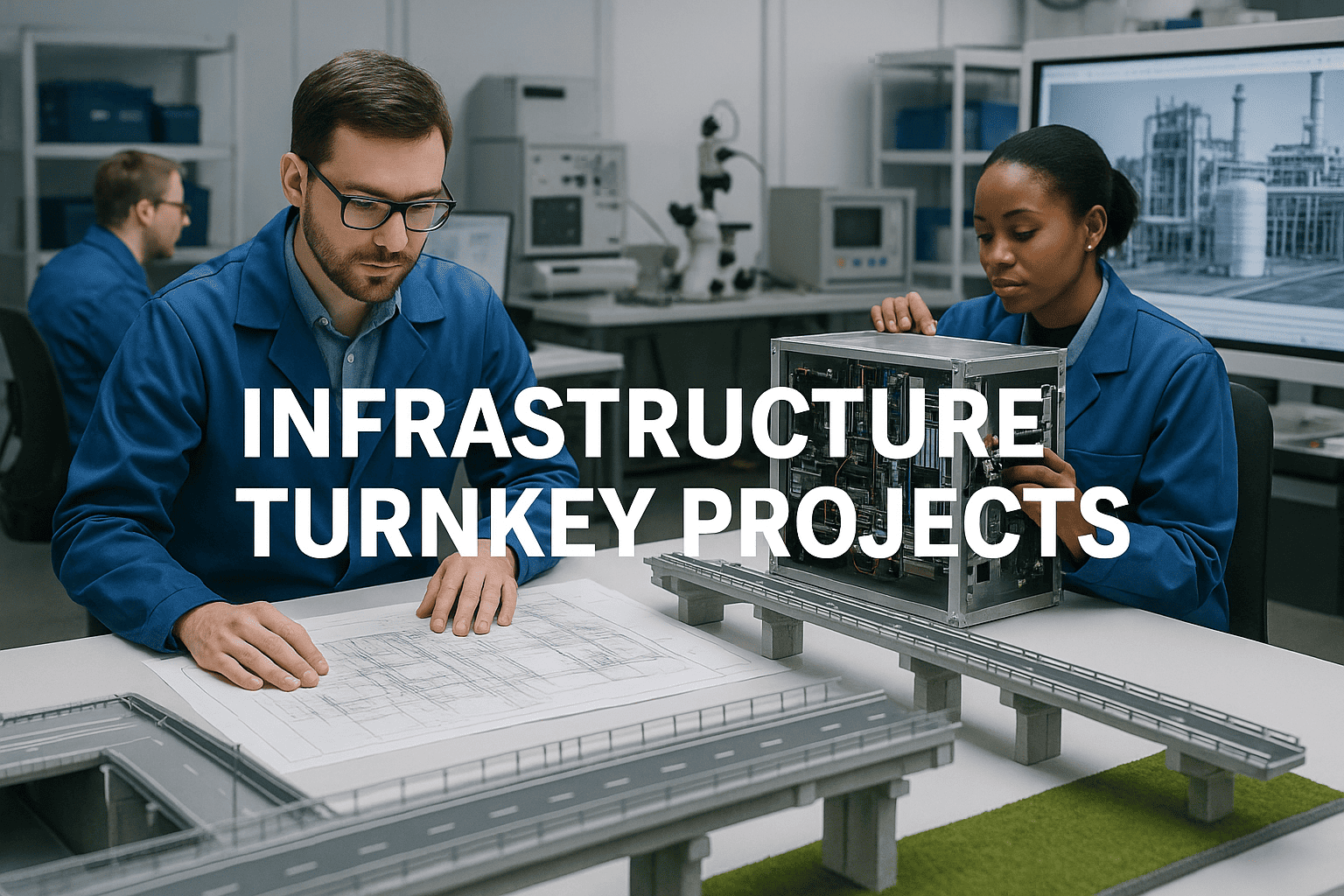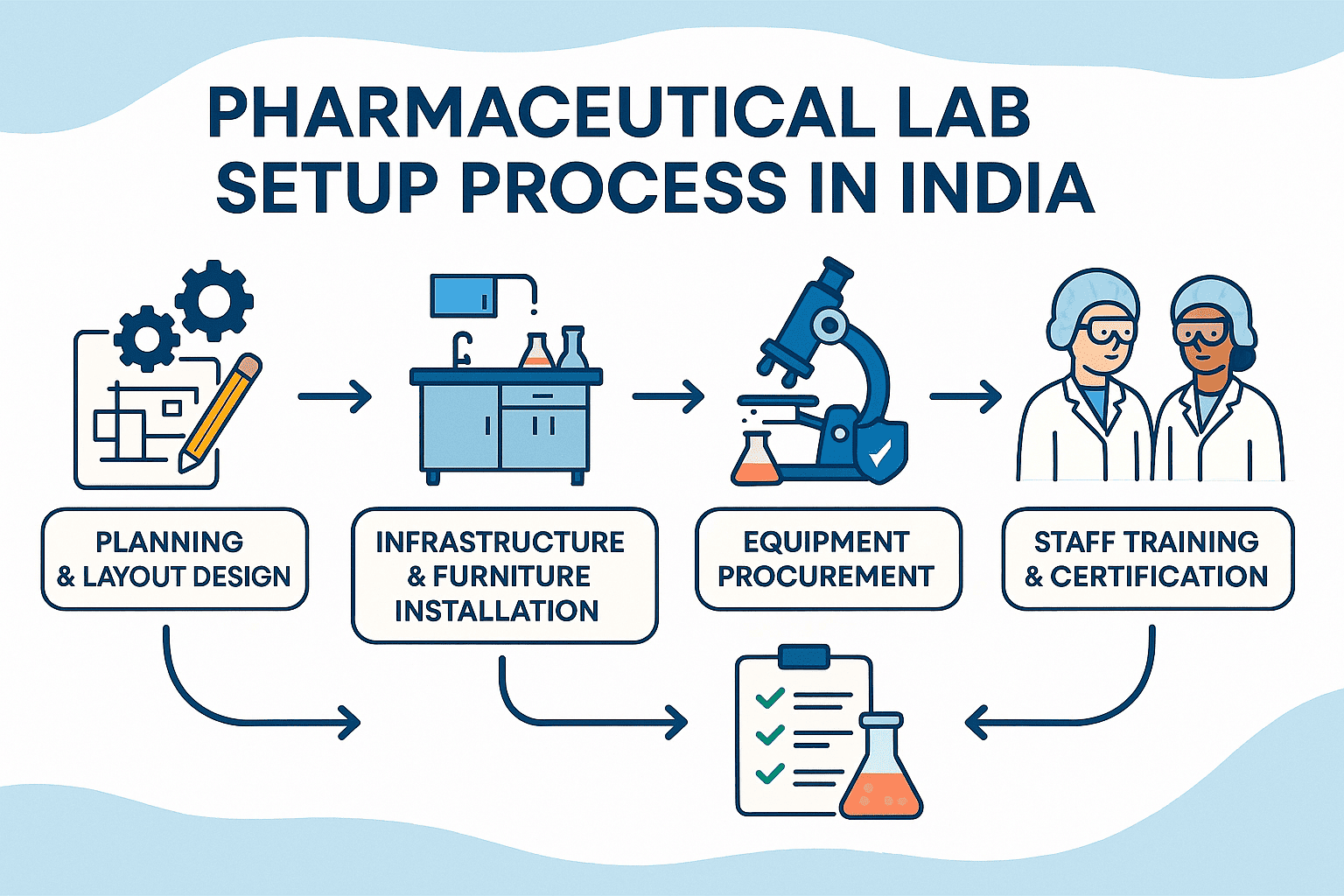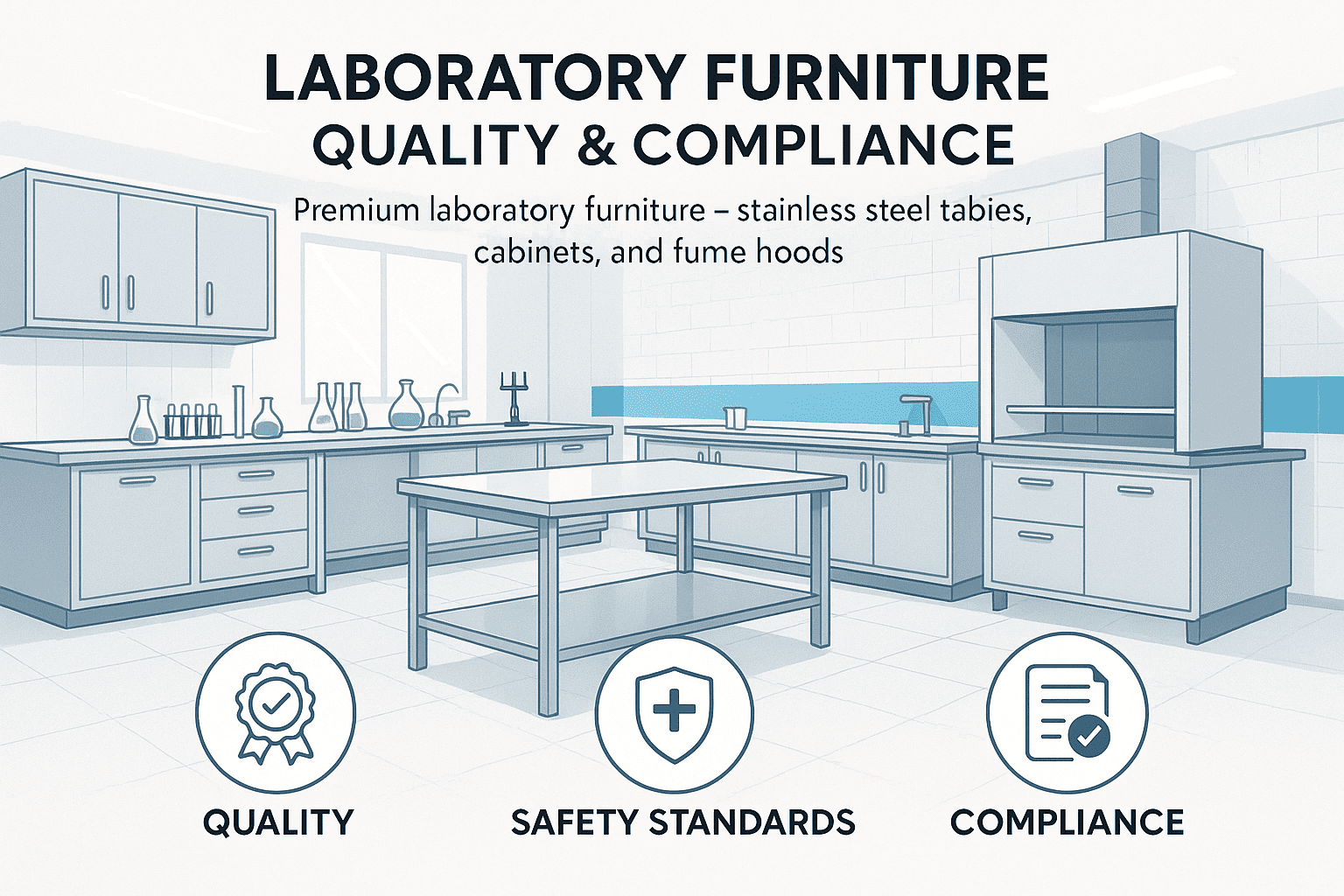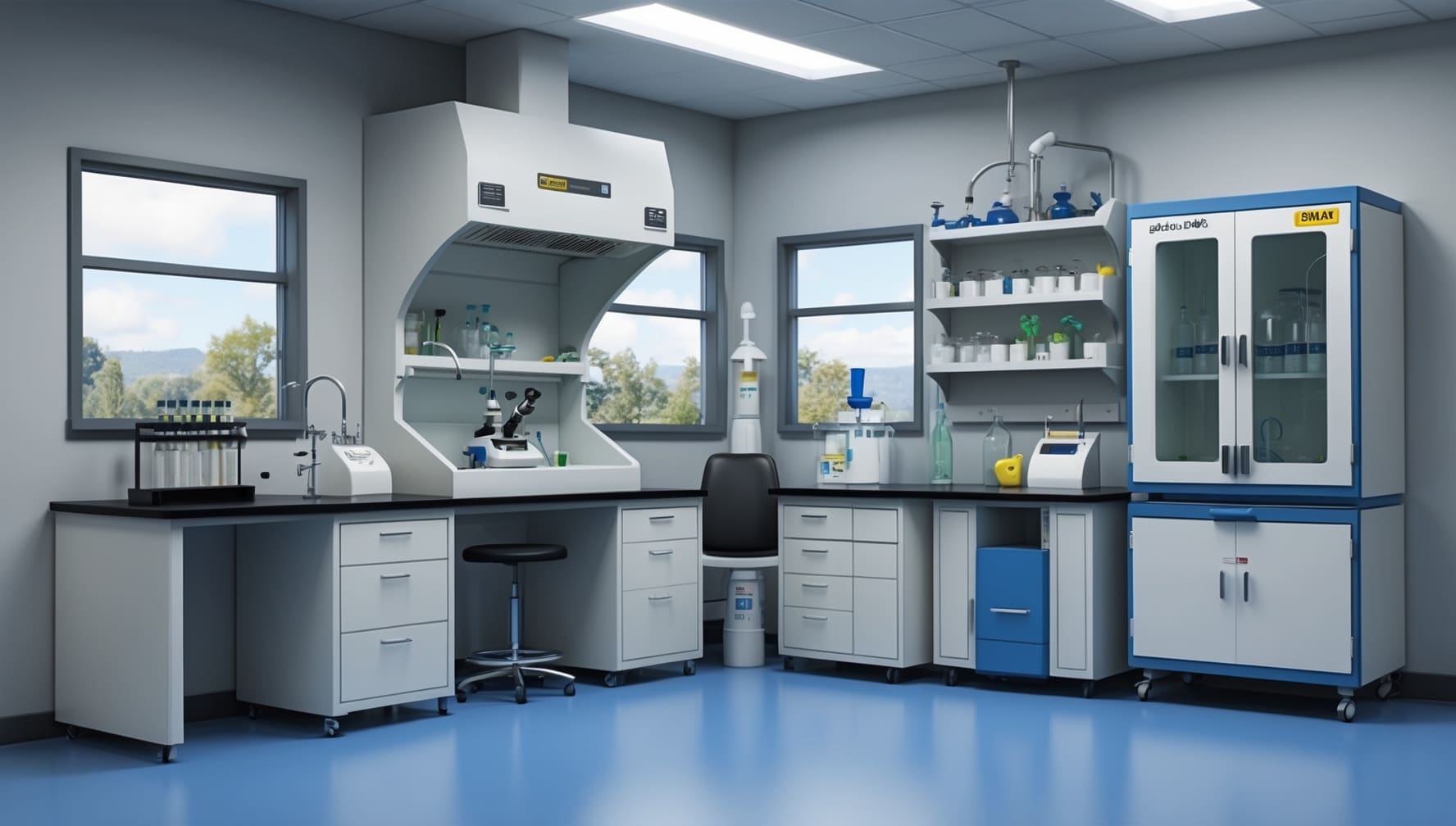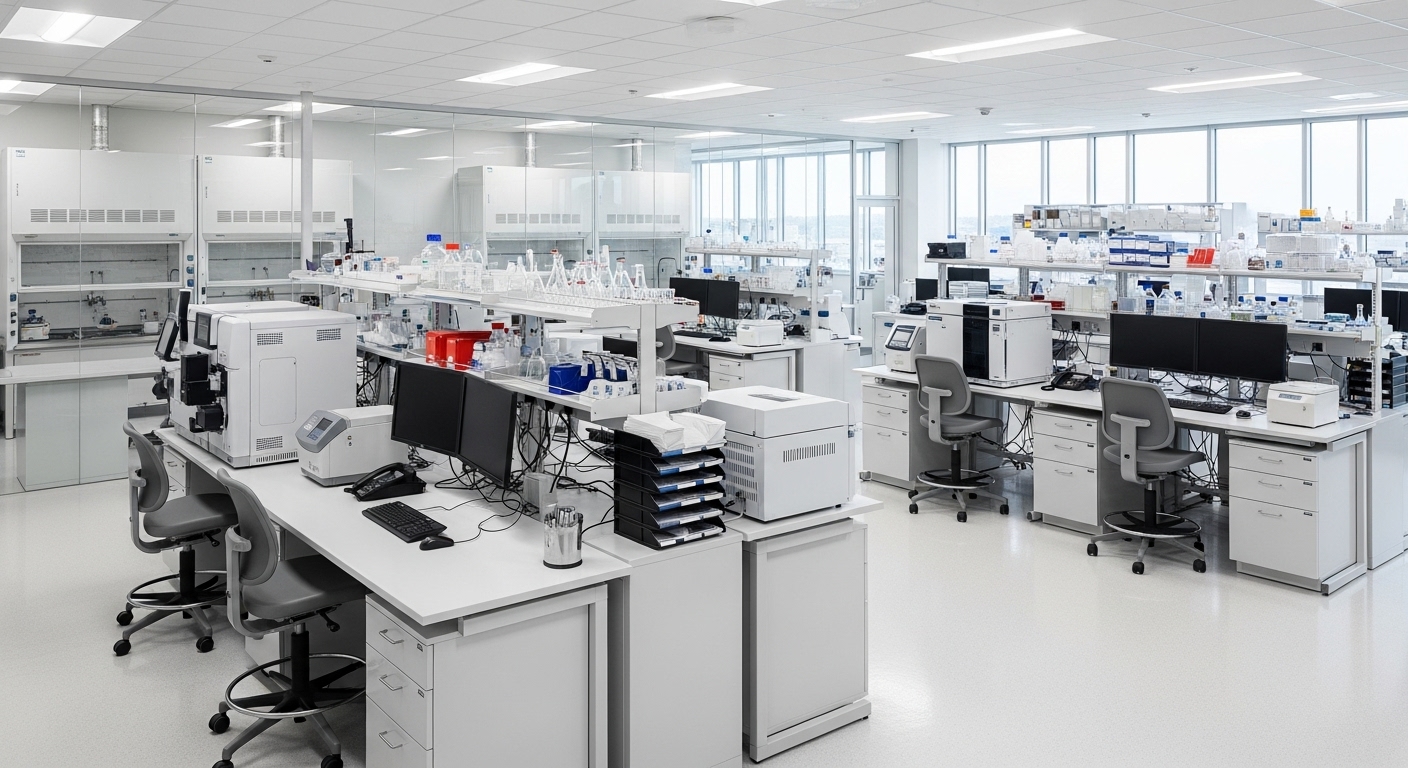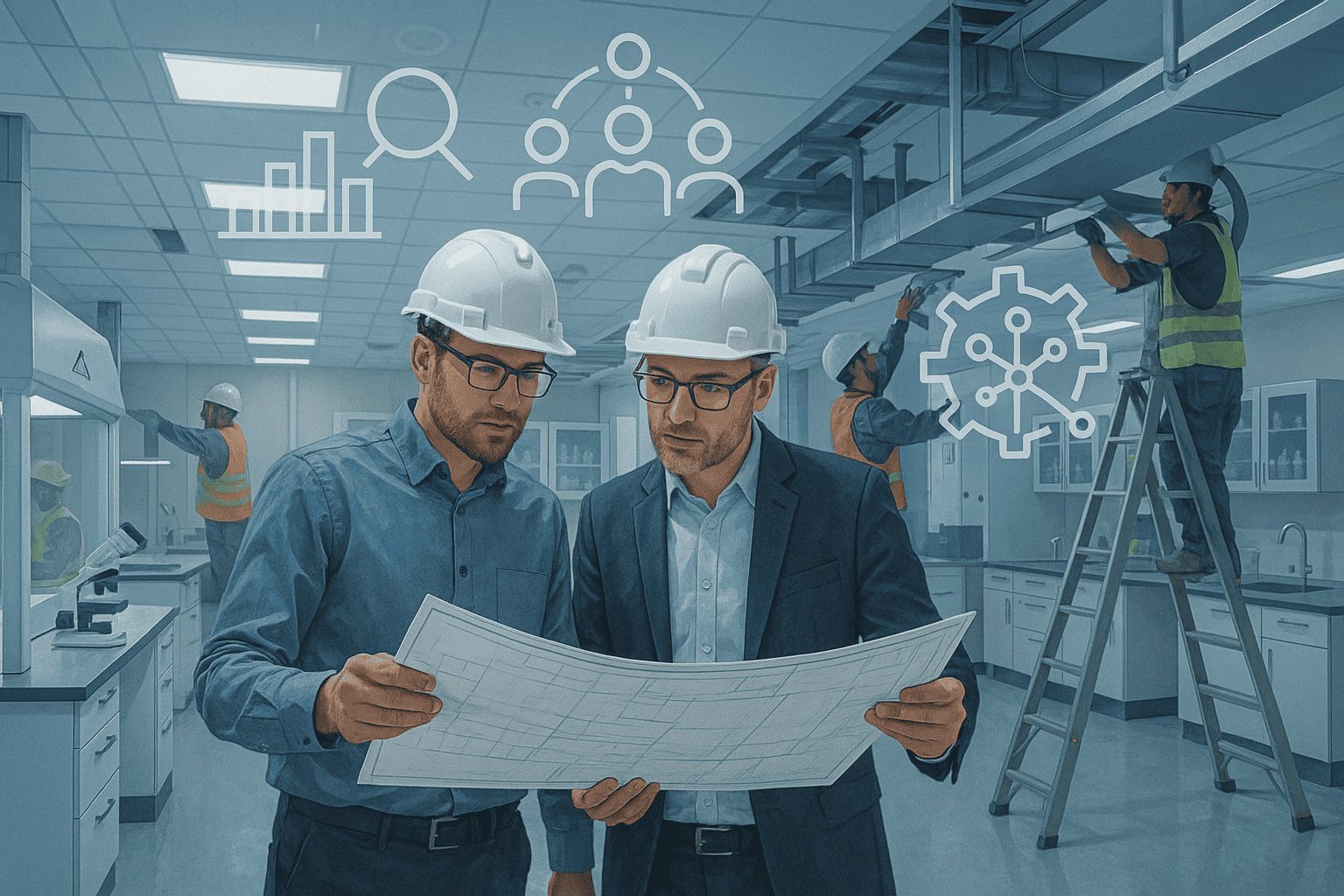
Setting up a modern laboratory is no small task. Whether it’s a testing lab, research facility, or educational lab, every project demands precision, planning, and flawless execution. That’s where Turnkey Projects come in — they promise a hassle-free process, from concept to completion. However, in reality, these projects face unique challenges that can affect cost, timeline, and performance if not handled properly. Let’s break down the most common challenges in turnkey lab projects and explore practical ways to overcome them.
1- Inadequate Project Planning
Every successful lab begins with a strong foundation — and that means planning. Many project delays and cost overruns stem from poor initial planning. Without a clear roadmap, it’s easy for requirements to shift mid-project, leading to confusion among architects, engineers, and suppliers.
Solution:
Create a detailed project plan right from the start. This includes site assessment, layout design, workflow analysis, and budget estimation. Define clear milestones, assign responsibilities, and use project management software to track progress. A thorough plan ensures every stakeholder understands their role, minimizing rework and delays later.
2- Miscommunication Between Teams
A typical lab setup involves multiple specialists — from architects and mechanical engineers to HVAC and safety experts. If communication breaks down between them, coordination issues arise. Equipment may not fit properly, safety systems may clash with furniture layouts, and installation timelines can stretch unnecessarily.
Solution:
Implement a centralized communication system. Weekly progress meetings and transparent documentation help keep everyone aligned. Encourage collaboration between design and execution teams from day one. When everyone works toward a shared goal, the project runs smoother and faster.
3- Budget Overruns
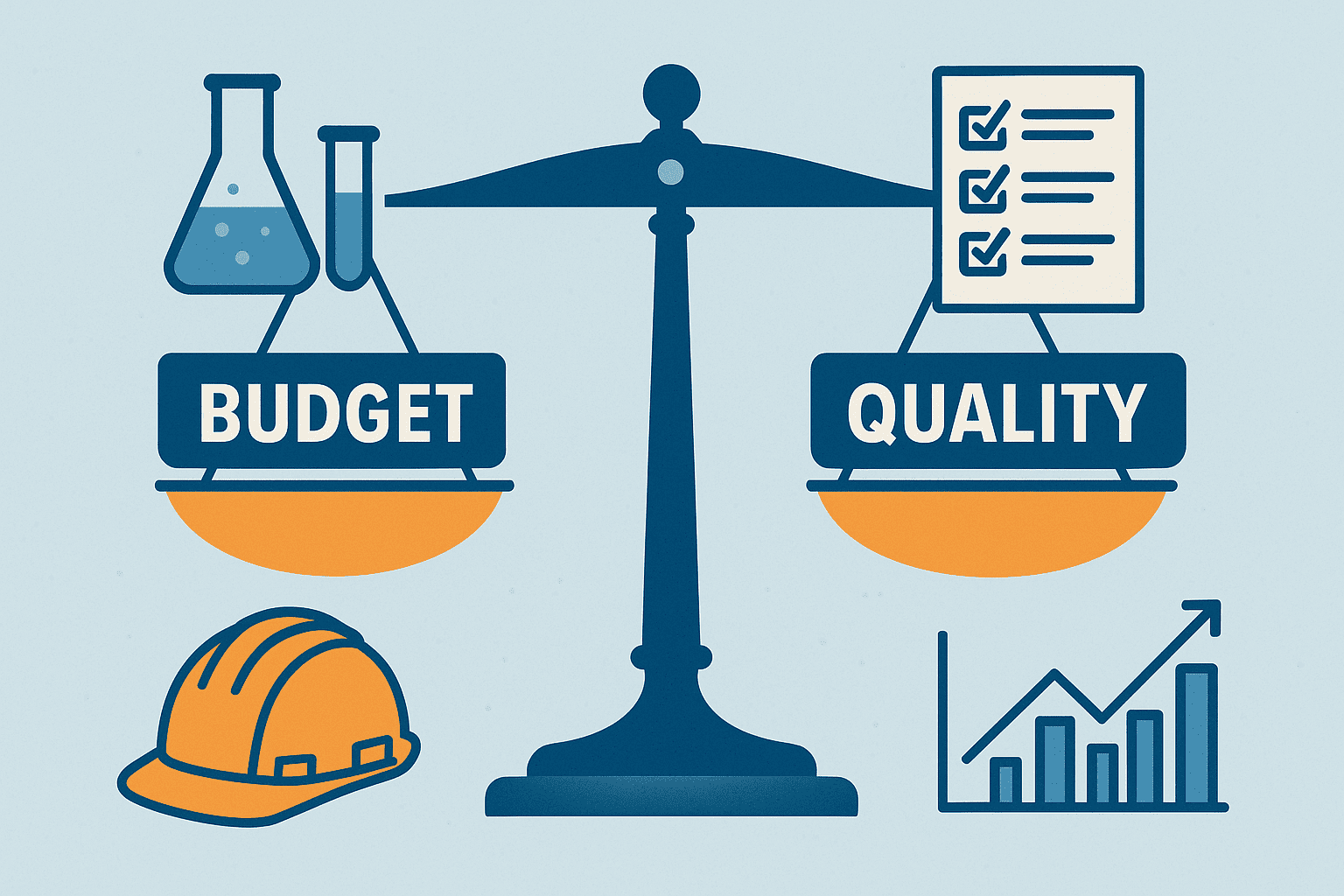
Laboratory projects are expensive — but uncontrolled costs can spiral quickly. Unforeseen site conditions, equipment upgrades, or design changes can eat into your budget. Even minor miscalculations in electrical or HVAC design can lead to major expenses later.
Solution:
Use a realistic and flexible budget with a contingency fund (usually 10–15%). During the design phase, compare different material and equipment options to balance cost and quality. Regular cost audits throughout the project ensure financial control and early detection of overruns.
4- Space Utilization and Layout Issues
A laboratory’s efficiency depends largely on how well the space is designed. Many projects fail to optimize the available area, leading to cramped workspaces or poor movement flow. This can affect both safety and productivity.
Solution:
Adopt a modular design approach. Use 3D modeling tools to visualize space utilization before construction. Involve end-users (scientists, technicians, researchers) during the design stage to understand workflow patterns. Properly planned layouts improve ergonomics, enhance safety, and make future expansions easier.
5- Safety and Compliance Challenges
Every laboratory must adhere to strict safety standards — from fire resistance and ventilation to chemical handling and waste management. Many labs face compliance issues during inspections because they overlook certain local or international safety norms during construction.
Solution:
Hire experienced consultants familiar with safety and regulatory requirements. Ensure all materials, fittings, and systems comply with ISO, NABL, or other relevant standards. Conduct safety audits before commissioning to identify and fix potential risks early.
6- Procurement Delays
Delays in sourcing materials and equipment are one of the most common challenges in large-scale lab setups. Custom furniture, imported instruments, or specialized fittings often take longer than expected to arrive, disrupting the project timeline.
Solution:
Plan procurement in advance. Prepare a complete bill of materials early in the design phase. Partner with reliable suppliers who have a proven track record in the laboratory industry. Maintain backup vendors for critical items. When procurement is managed efficiently, timelines stay on track.
7- Technical Integration Problems
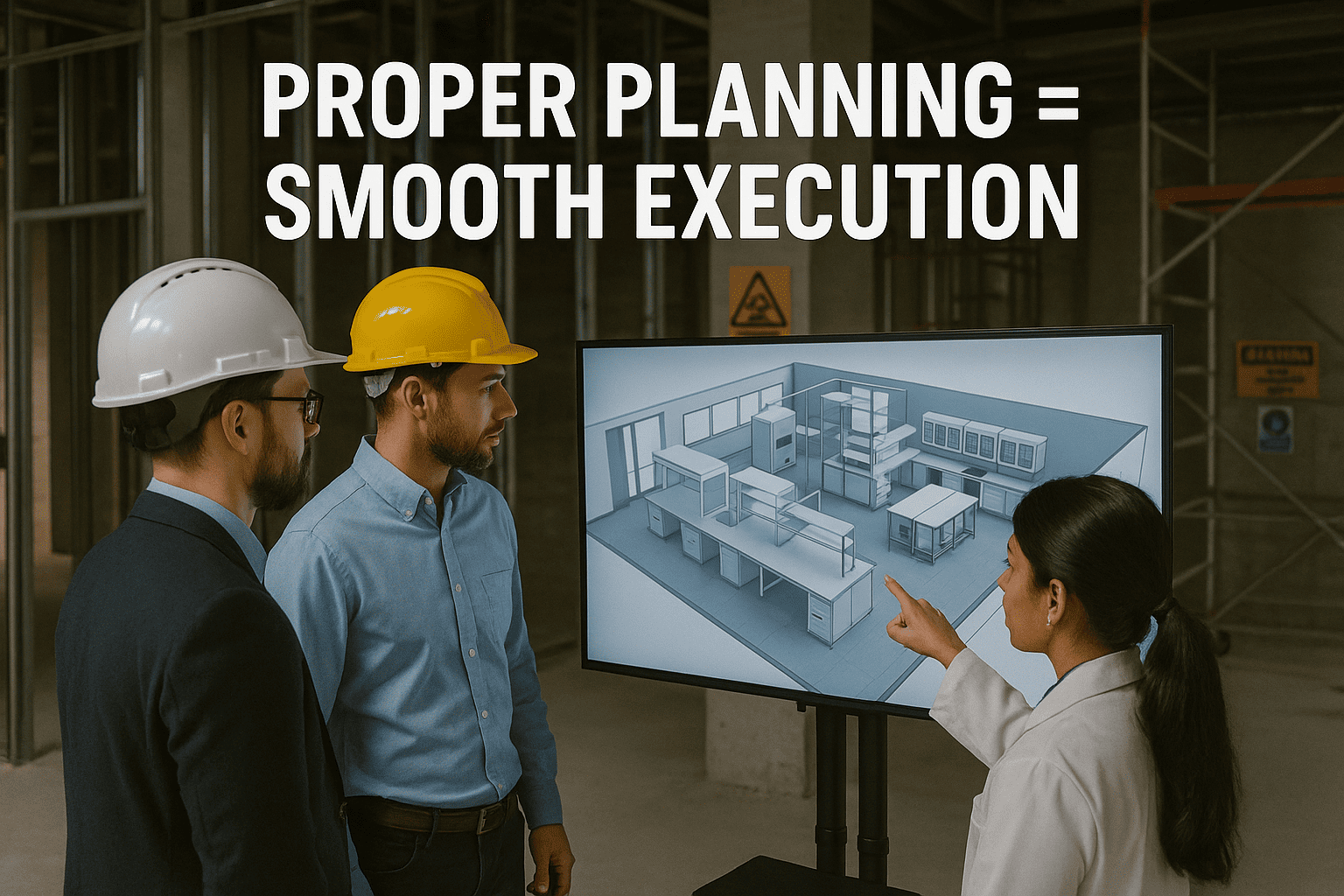
Modern labs rely on seamless integration between systems — HVAC, gas lines, electrical, plumbing, and IT infrastructure. When these systems aren’t well-coordinated, it can lead to technical issues like unstable airflow, poor lighting, or network interference.
Solution:
Use Building Information Modeling (BIM) to detect and resolve conflicts between systems before implementation. Involve technical teams in early design discussions to ensure compatibility across all utilities. Test each system thoroughly during commissioning to guarantee smooth operation.
8- Quality Control During Execution
Even the best design can fail if execution quality is poor. Without proper supervision, installation errors or material defects can compromise lab performance and safety.
Solution:
Appoint an on-site quality control engineer to monitor daily progress. Use detailed checklists for every stage — from flooring and furniture installation to HVAC testing. Conduct mock tests before final approval. Maintaining strict quality control ensures long-term durability and user satisfaction.
9- Time Management and Scheduling
Laboratory construction involves several interdependent activities. If one task gets delayed, the entire schedule can slip. Factors like weather conditions, manpower shortages, or delayed approvals can affect timelines.
Solution:
Prepare a realistic timeline with buffer days for critical activities. Use Gantt charts to monitor progress and dependencies. Regular progress reviews with all stakeholders help identify potential delays early. Efficient scheduling ensures the project is delivered on time without compromising quality.
10 – Post-Installation Support

Once the lab is built, the real test begins — daily operations. Many clients struggle with maintenance, calibration, or minor equipment failures after handover. Without proper post-installation support, lab operations can be disrupted.
Solution:
Choose a partner who offers comprehensive post-handover support. This includes staff training, maintenance schedules, and quick service assistance. Establish a clear service-level agreement (SLA) to ensure prompt responses to any future issues.
Why a Reliable Partner Matters
The success of any Lab Turnkey Solutions project depends on the expertise of the team handling it. An experienced provider doesn’t just execute tasks; they anticipate potential challenges, offer practical solutions, and deliver a lab that meets functional, safety, and aesthetic standards.
Working with professionals ensures seamless coordination between design, engineering, and installation — the three pillars of a successful laboratory setup. It also saves valuable time and resources by minimizing rework, delays, and compliance issues.
The Future of Laboratory Construction
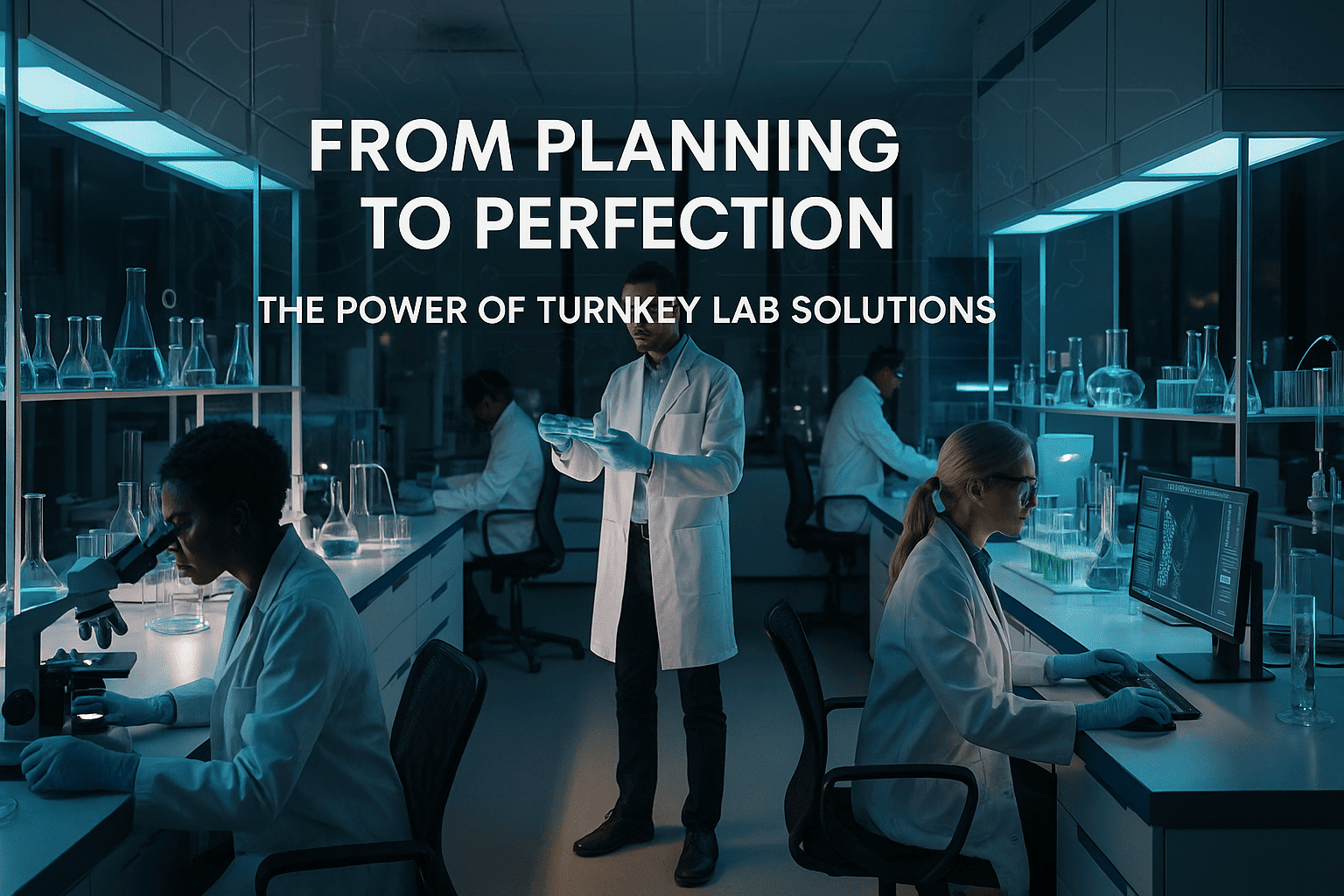
As technology advances, lab projects are becoming smarter, greener, and more efficient. Sustainable materials, energy-efficient HVAC systems, and IoT-based monitoring are shaping the next generation of laboratories. However, these innovations also add layers of complexity — making it even more important to partner with experienced turnkey specialists who can balance innovation with practicality.
In the coming years, clients will look for end-to-end Challenges in Turnkey Lab Projects solutions that combine technical excellence with sustainable design. The key will be adaptability — the ability to respond to new regulations, technologies, and client expectations without losing efficiency or quality.
Final Thoughts
Turnkey laboratory projects offer a powerful advantage: one team handles everything from concept to commissioning. But success isn’t automatic — it depends on foresight, planning, and expert execution. By identifying common challenges early and applying the right solutions, organizations can build world-class laboratories that perform safely, efficiently, and sustainably.
If you’re planning to start your own laboratory setup, take the time to find the right partner. The right team will not only deliver a functional lab but also guide you through every challenge with confidence — ensuring your investment pays off for years to come.


